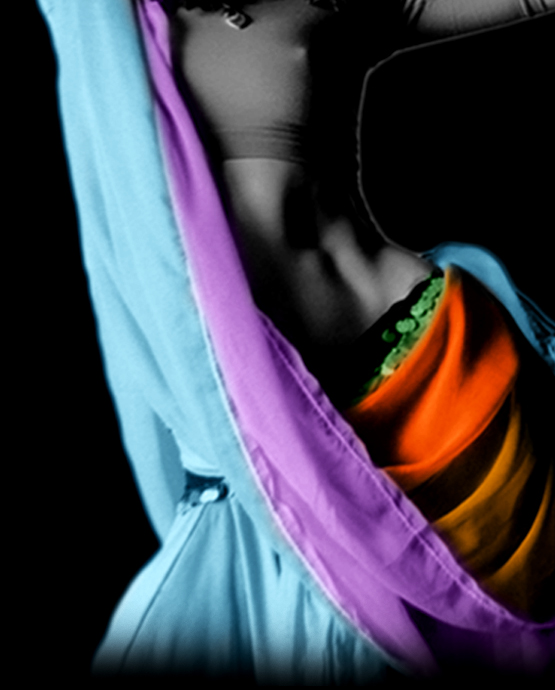The dancer

Nomadic in essence, oriental dance was inspired by the culture of the various countries it traversed. It took from each of them the basis of its structure. To enrich the artistic vocabulary that takes us back to the origins of the dances known as oriental, my commitment is to create performances that will give an understanding of the cultural and artistic diversity of oriental dance with all its ramifications, thus providing reference points for its nomadic nature.

Leila Haddad High priestess of oriental dance

Through the refinement of her performances and the creativity of her choreography, Leila Haddad has caused oriental dance to be recognized as a major art form, far removed from clichés. Leila Haddad is a pioneer, she has revolutionized oriental dance, in the same way as Loïe Fuller, Ruth Saint-Denis and Martha Graham did for other forms of dance, and most especially Isadora Duncan who freed the body and movement, thus announcing the freedom of modern dance to come; as also did "La Argentina" who led the way in bringing flamenco to theatre stages.
Leila Haddad is of this calibre. The great star with the queenly bearing has succeeded in making people aware that oriental dance is a major art form. And since the mid-80s she has been the incarnation of femininity on theatre stages all over the world where people either knew nothing about or spoke disparagingly of this art commonly referred to as "belly dance". She has achieved recognition of the term "oriental dance", which in Arabic is "raqs el sharqi", and she has succeeded in bringing this dance out of the Arab-Berber villages where it remained hidden away, and she has taken it away from the cabarets where it was losing its soul.

By bending the rules and only dancing on theatre stages, temples of the modern age, Leila Haddad has set oriental dance on the royal road to worldwide recognition. She writes choreographic pieces that she performs solo: these performances are programmed by theatres on 5 continents.
She meets with her audience to discuss her dancing and the history of oriental dance. She is invited to give lectures and to participate in symposiums – at the Sorbonne, the Arab World Institute, the Senate – on themes linked to women, to the dancing body, to women in the Arab-Berber world, and modernity vs. tradition. She contributed to the symposium "Women's Voices" organised by the theatre Haus der Kulturen der Welt in Berlin.
Leila’s performances are not ethnographic, rather, she draws inspiration from the original and ancient dances, she creates links between the past and the present, between oriental dance and contemporary dance. She has a global and pioneering approach to oriental dance.Teaching Oriental dance Creating a movement of thought around Raqs El Sharqi

Since Isadora Duncan, contemporary dance has acquired structures, and has raised public awareness. Leila Haddad initiated the movement for oriental dance by opening classes and developing a methodology for the training of dancers.
She travels the world to give dance workshops. Leila Haddad opened the first oriental dance class in Paris in the mid-80s: a challenge at a time when this dance suffered from a total lack of understanding or appreciation, not to say a certain disdain. Leila Haddad decided to use teaching as a way to bring the thousand-year-old richness of her Arab-Berber culture to the awareness and recognition of the general public.
In Europe, dancers discovered a new continent: their own body. Oriental dance scorns western canons of beauty; it is for people of all ages. As part of her global approach, Leila Haddad also undertakes historical research on dance and travels to the countries of North Africa, Sub- Saharan Africa, the Middle-East and Asia, among others, in search of rare dances.

